Invisible to the World, but Precious to God: Indigenous Peoples Waiting for the Gospel
7 August 2025
“And the Good News about the Kingdom will be preached throughout the whole world, so that all nations will hear it; and then the end will come.” (Matt. 24:14)
August 9 marks the International Day of the World’s Indigenous Peoples, established by the UN in 1994. This is an opportunity to draw attention to the preservation of the unique cultures, languages, spiritual traditions, and rights of over 370 million indigenous people living in 90 countries—about 6% of the world’s population.
On this day, it’s also worth reflecting on the fact that among these indigenous peoples, many have still never heard the Gospel and do not have the Scriptures in their native language.
“Go therefore and make disciples of all nations…” Jesus Christ left this command for His disciples. “All nations” refers not to countries, but to every ethnic group. Peoples who have suffered from colonization and historical injustices remain under threat—not only of assimilation and losing their language and identity, but also of never learning about eternal life in Jesus Christ.
This article includes statistics on ethnic groups unreached by the Gospel, inspiring stories of past missionaries whose lives prove it was worth it, and modern-day perspectives on how Christ’s Great Commission is being fulfilled today, what obstacles remain to reaching unreached peoples, and what can be done to share the Good News with them.
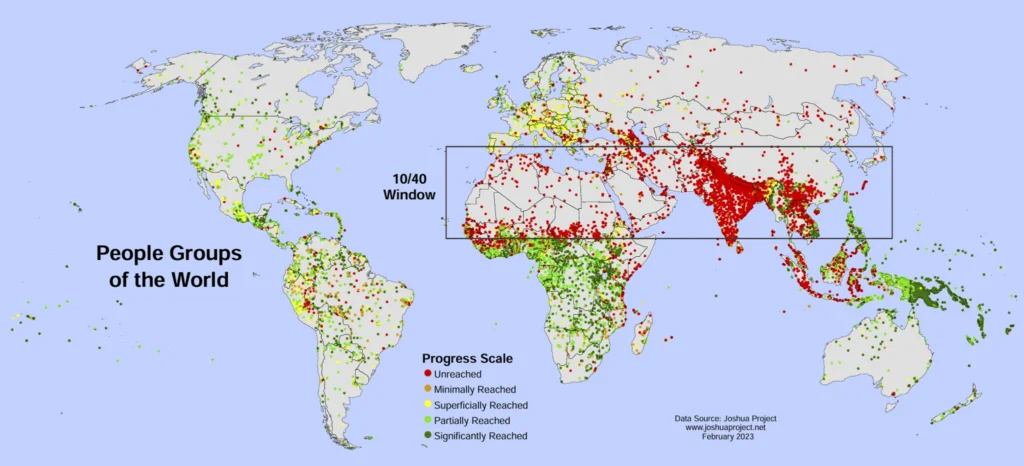
According to reports from the ministry Joshua Project, over 7,000 people groups—most of them located in the 10/40 Window—remain unreached with the Gospel, many of them indigenous peoples.
The Final Frontiers Foundation reports that 28% of the world’s population has no access to the Gospel. Living in radically Islamic countries, they have never heard the name of Jesus. Only 2.5% of missionaries are attempting to reach them with His message.
Inspiring Stories of Missionaries Among Distant Peoples (From Don Richardson’s book “Eternity in Their Hearts”)
Thakur Jiu Has Not Forgotten Us
In 1867, Norwegian missionary Lars Skrefsrud discovered the 2.5-million-strong Santal people in northern Calcutta, India.
After barely learning the language, he began speaking to them about Jesus, wondering how many years would pass before they would show any interest in the Gospel. But they were moved almost immediately:
“What this foreigner is saying must mean that Thakur Jiu has not forgotten us after all these long years!”
“Thakur” means “true,” and “Jiu” means “god.” The idea of one true God was not new to them. Their ancestors had abandoned this faith during a time of trial and had since believed for generations that Thakur Jiu had not forgiven them.
With the missionary’s arrival came mass conversions—up to 80 Santals a day were baptized. Skrefsrud translated most of the Bible into Santali, compiled a grammar and dictionary, preserved several Santal legends for future generations, and even secured government protection for them from Hindu exploitation.
Strengthening Faith in Hananim
Protestant missionaries who arrived in Korea in 1884 recognized that there could be only one name for God in the local language—Hananim. They realized they would succeed far more using it than Roman Catholics had by introducing a foreign name for God.
Preaching passionately, the Protestants strengthened the Koreans’ faith in Hananim. They explained that Hananim had laid the foundation for reuniting with mankind by revealing Himself to the Jews. God had given this revelation in written form through Moses, the prophets, and the apostles. Most importantly, He sent His Son to be born in the flesh among the Jews.
Jesus died for the sins of all people and rose from the dead, proving to all that Hananim had accepted His sacrifice as atonement. Then He sent messengers to all nations with the Good News of salvation, calling them to repentance and faith in the name of Jesus Christ, the Son of Hananim.
A century later, three million Koreans belonged to Protestant churches.
Modern Missionaries on Reaching Indigenous Ethnic Groups
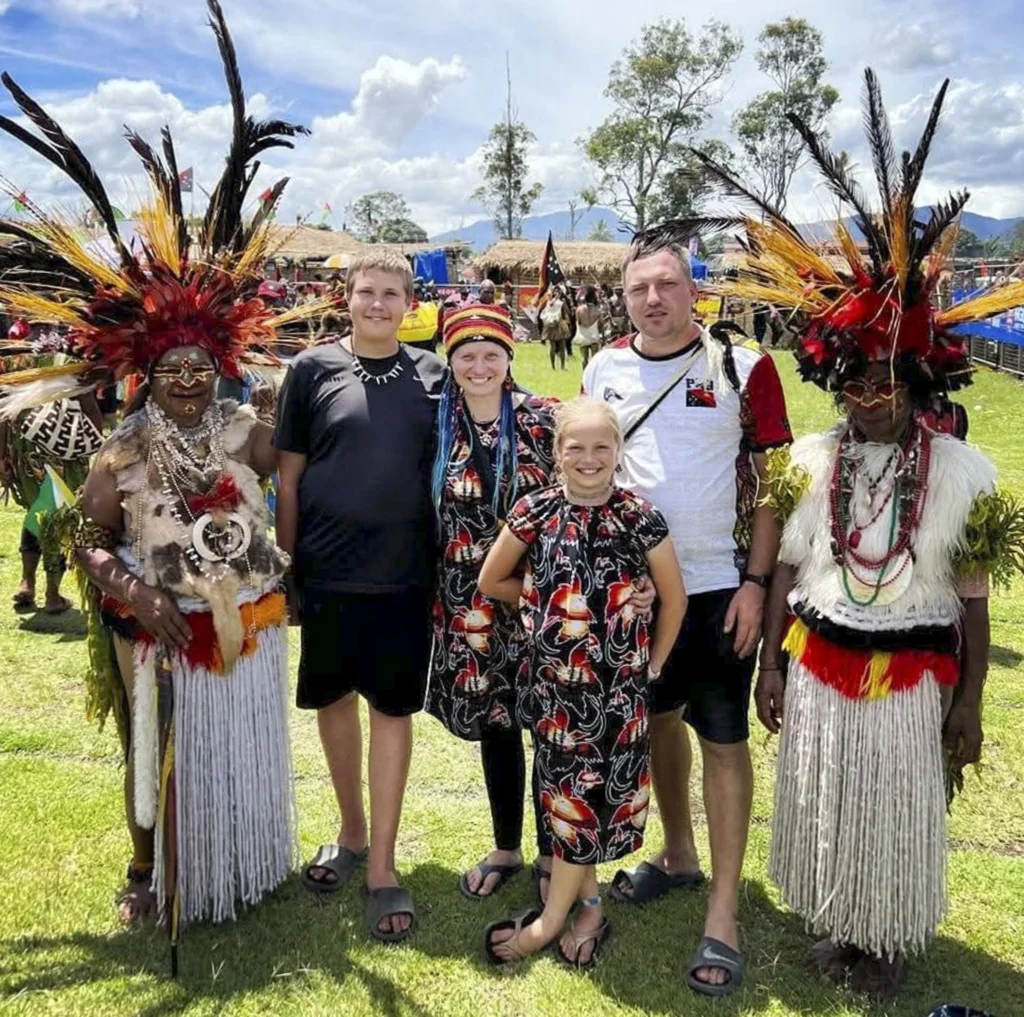
Missionary Yevhen Konstantinik, who has served with his family in Papua New Guinea for 14 years, shared that this country has 850 languages (!)—and the Bible has yet to be translated into 400 of them.
Training Local Preachers Is Better
“I can’t say exactly how many ethnic groups live in Papua New Guinea, but we’re talking about dozens. Many live deep in inaccessible jungles with no roads, requiring a 5–10-day trek on foot. These are tribal communities where clothing is made of grass and only the most primitive tools are used. Most potential missionaries simply don’t want to go to such places: there’s no trace of civilization, and some locals may even be hostile and refuse to let outsiders in.
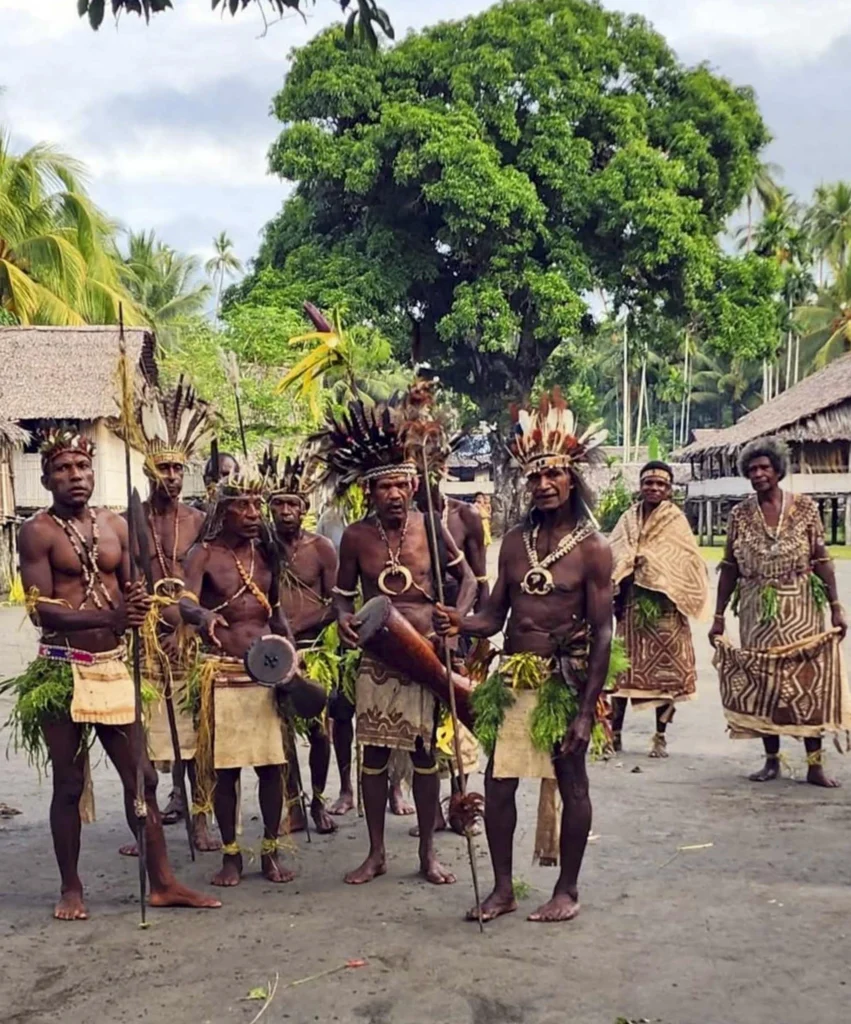
The most effective way to bring the Gospel there is not direct missionary work but training insiders. If someone from a tribe comes to civilization—say, to buy rice—there’s a chance to start talking with them. If they become interested in Christianity, you can invite them to spend time at a mission station. There, through fellowship with ministers and believers, they can come to know God, be transformed spiritually, and grow in faith. Then they can return to their village and be the one to bring the Good News to their own people. No one understands the language, traditions, heart, and pain of their people better than they do. This is the best way to reach those at the ends of the earth.”
Focusing on Local Christians
“I serve in Cambodia, a country in Southeast Asia where there are not just villages and towns but entire regions without a single Christian or church. Of roughly 20 ethnic groups, eight are considered unreached—no one there has ever heard about Christ.
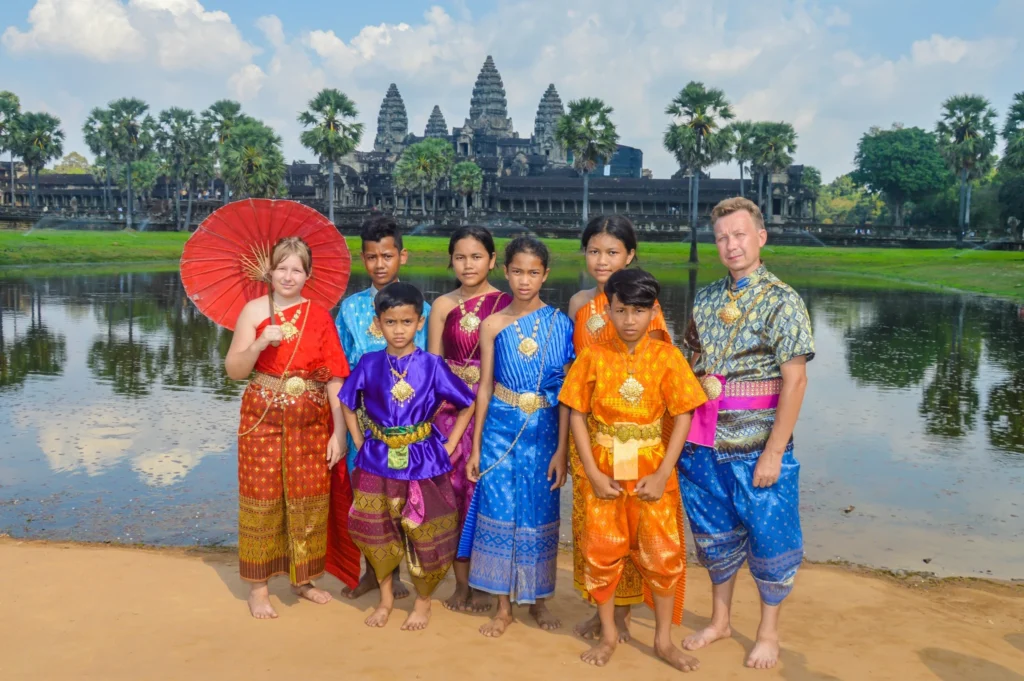
In remote jungles, I’ve met people hearing the name of Jesus for the first time. Most know Christians exist, but don’t understand what they believe and have never spoken with them about salvation.
Buddhism, the dominant religion, contradicts Christian truths: there is no God—only the universe and endless reincarnation. Death is viewed lightly—today you’re a human, tomorrow an ant or a leaf. In such a closed belief system, people don’t seek Christ or feel they need Him.
Do missionaries go deep into these areas? Sadly, very few. Most stay in big cities, and only a handful make it to villages or unreached peoples,” says Yevhen Yevva, a missionary in Cambodia with 20 years of overseas ministry experience.
Among the reasons, he cites the total absence of modern conveniences—no electricity, water, roads, schools, or hospitals; the language barrier—locals don’t even speak Khmer, so missionaries must learn a dialect; and danger—animist tribes fear spirits, and if a shaman turns people against the missionary, it could threaten their life.
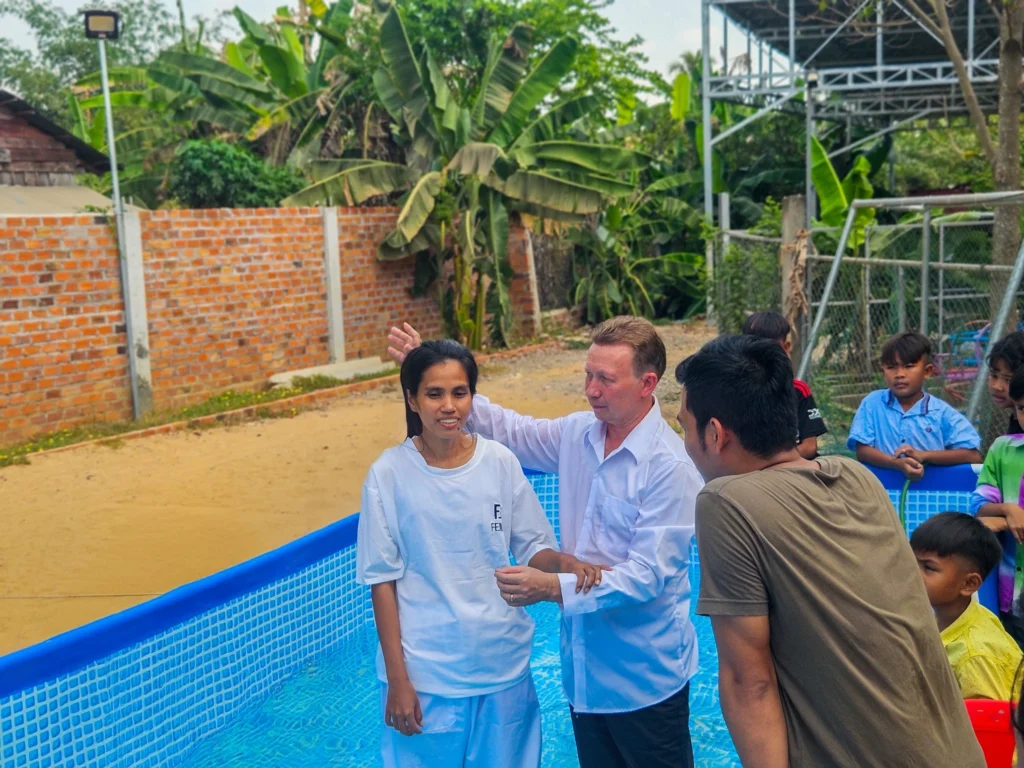
“How do we reach these people? The most effective way is to pray that God will bring a local person to Christ, train and prepare them as a missionary to their own people. Today the focus is on equipping local Christians.
But, ironically, even they are often unwilling to go to unreached peoples. Most Bible school graduates choose to serve in cities where it’s easier and more comfortable.
The Lord needs to awaken the country and its ministers. Let’s pray that the Holy Spirit stirs believers to go where the need is greatest, not where comfort is. Let’s pray for the dedication of the people,” adds Eugene.
Leaving “Microwave Christianity”
Missionary Inna Pidhaina-Manuoki, who has served in Kenya for over 10 years, shared that the country has 53 tribes, and nearly all have translations of the Gospel—most in audio form for those who cannot read, and less often in printed form.
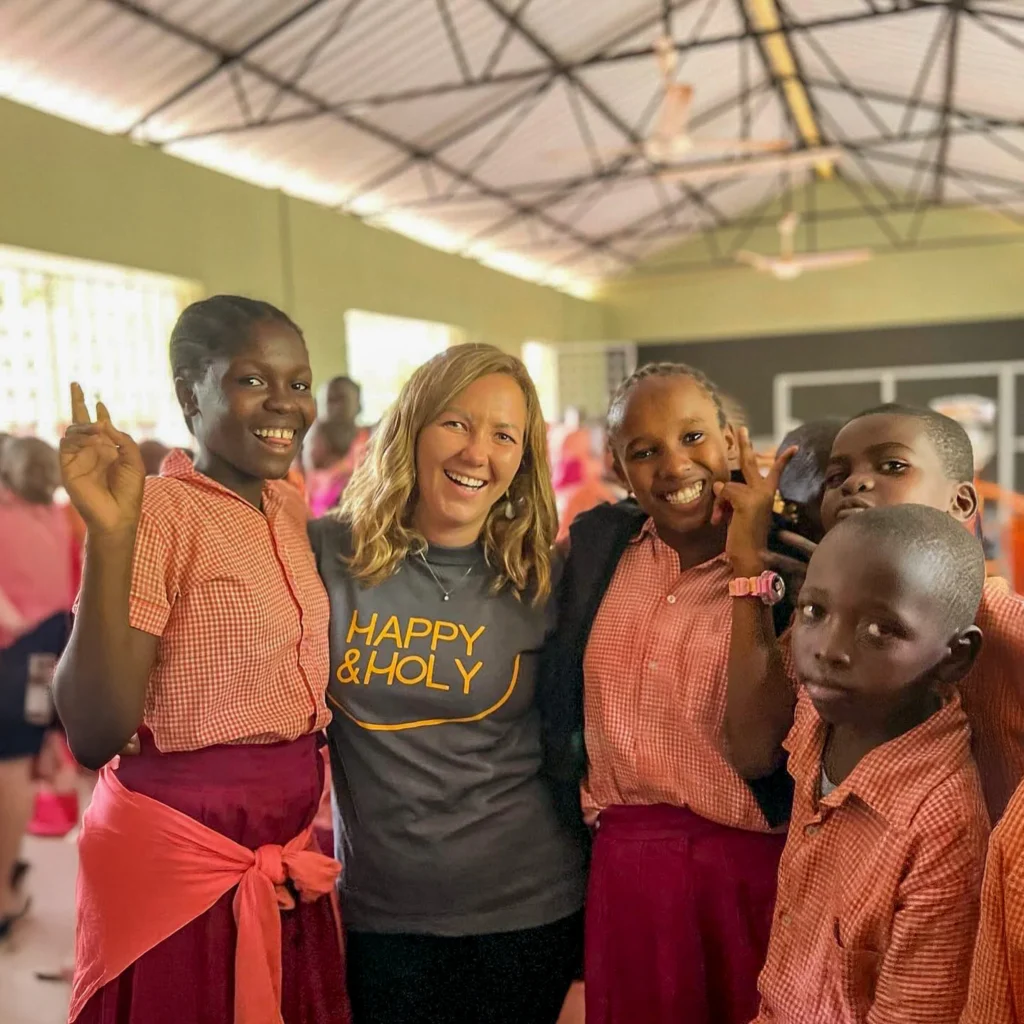
Officially, most ethnic groups in Kenya are considered reached because missionaries have been there, and the country is thought to be 80% Christian.
“The name of Jesus was proclaimed here through large-scale evangelism campaigns, but true discipleship was lacking: there was no daily, consistent teaching such as the apostle Paul describes: ‘for I did not shrink from declaring to you the whole counsel of God…for three years I did not cease night or day to admonish every one with tears’ (Acts 20:27, 31). As a result, many people only formally identify as Christians. If you ask them, ‘How do you know you are saved?’ most cannot answer,” she says.
Inna believes that changing this situation requires three things: going on long-term missions, being committed, and not expecting quick results; avoiding the commercialization of missions; and receiving solid missionary training.
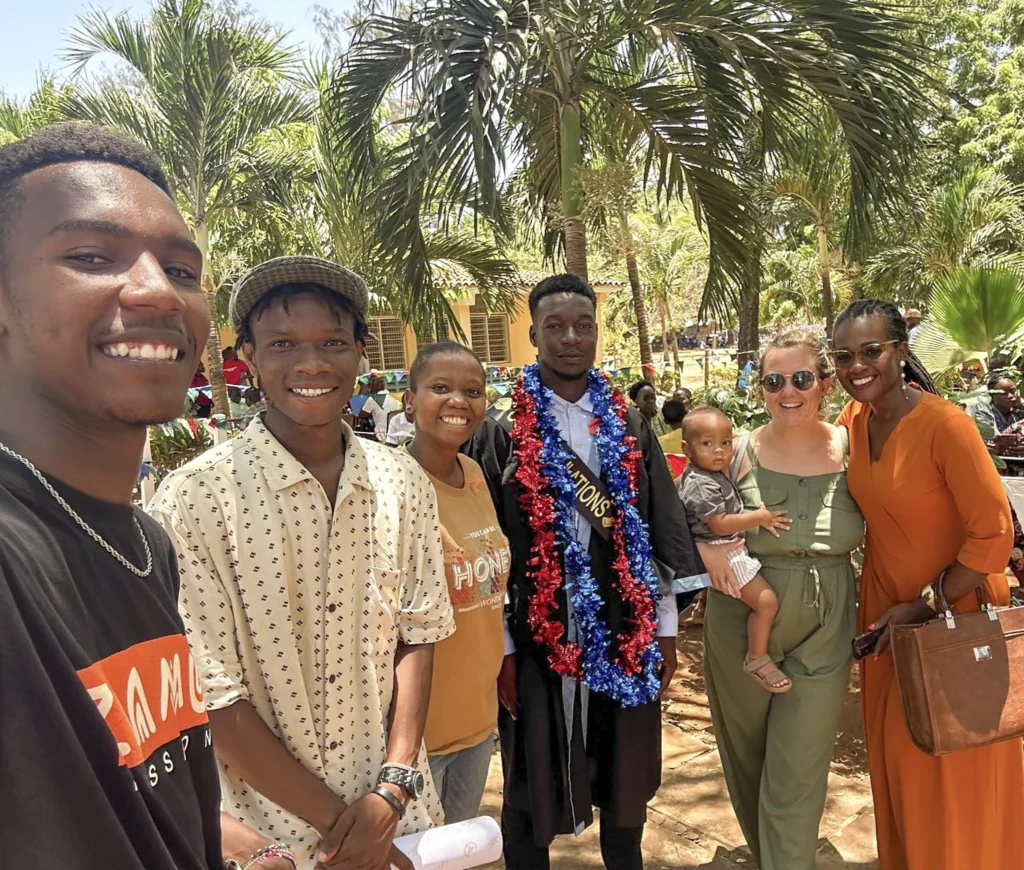
“We as Christians need to return to the foundations of the Great Commission and build a strong biblical understanding of it in our local churches, teaching people to fulfill it fully.
Today, we must move away from ‘microwave Christianity.’ Missions have become a trend: many are ready to go on short-term trips expecting quick results. Social media has amplified the effect—people compare. Some share about large evangelistic events as if asking the reader, ‘And what have you done?’ Others, seeing what they think are small results, feel like failures. But in reality, deep, lasting impact on people’s lives takes time and faithfulness,” adds Inna.
Like missionaries of the past, modern missionaries become part of the people to whom God sends them. “A little leaven leavens the whole lump” (1 Cor. 5:6). In the same way, by identifying with the people they serve, step by step, they transform places of darkness into outposts of God’s Kingdom.
The stories of past missionaries show that an effective evangelism method is not to rush to contradict the local understanding of God—because, as it turns out, they already believed in Him, just called Him by a name they understood. This shows that God has already prepared every ethnic group to receive the Good News, as Ecclesiastes says: “He has made everything beautiful in its time. Also, he has put eternity into man’s heart…” (Eccl. 3:11). All that remains is to bring the Gospel to them.
Modern missionaries also name training local preachers—true disciples of Christ who know their culture, language, and way of life—as one of the most effective ways to reach distant peoples. Having come to faith in the Living God and grown strong spiritually, they can become evangelists in their own communities and raise up the next generation of the Lord’s followers.
For missionaries working among unreached indigenous peoples, the task remains to pray and trust God to bring such people across their path—and to be ready to embark on a long-term mission journey for the sake of real life transformation among those God has sent them to.
“How can they believe in the one of whom they have not heard?” (Rom. 10:14)
This question echoes through the centuries—not only to missionaries, but to the whole Church.
God loves all peoples—“…from every nation, from all tribes and peoples and languages…” (Rev. 7:9).
And the Church already knows His will—“…Go into all the world and proclaim the gospel to the whole creation” (Mark 16:15).
Yet a third of the world’s population has still not heard the Gospel, and “the creation waits with eager longing for the revealing of the sons of God” (Rom. 8:19).
Over seven thousand ethnic groups still do not know the name of Jesus and are waiting for the Church to bring them salvation through His sacrifice.
Prepared by the press center of the CITA Ministry.
